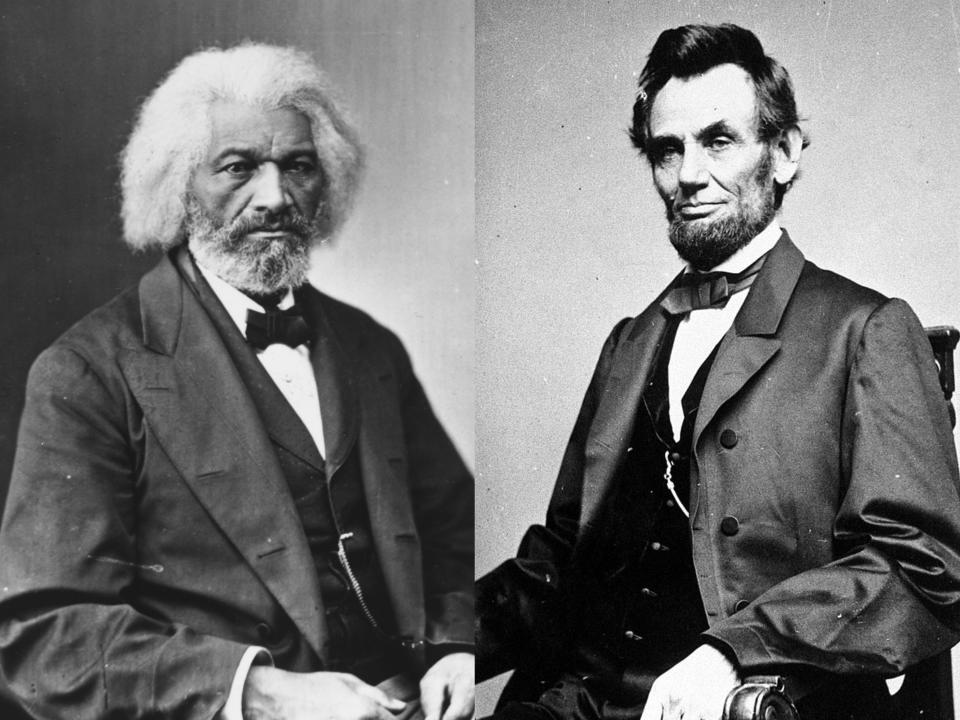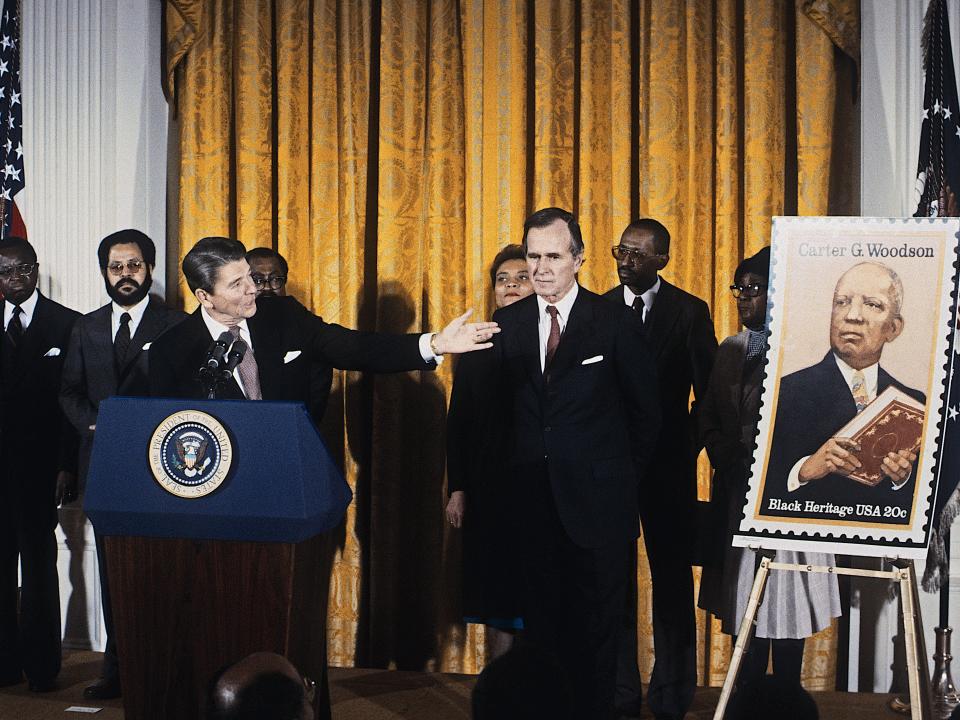How Black History Month became a national celebration of Black Americans' accomplishments

Black History Month originally started off as a week-long celebration in 1926.
It grew out of frustration by a lack of awareness of Black Americans' accomplishments throughout history.
Black History Month was nationally recognized in 1976, and has since been acknowledged by other countries.
The origins of Black History Month date back to 1926.

The precursor to Black History Month was created in 1926, when the Association for the Study of Negro Life and History declared the second week of February as "Negro History Week" to recognize the contributions of Black Americans to US history.
Frustrated by the lack of awareness of the Black community's accomplishments, historian Carter G. Woodson — known as the "Father of Black History" and the son of former slaves — along with other activists and civic leaders founded the Association. The organization, now known as the Association for the Study of African American Life and History, created research and publication outlets for Black scholars, including the Journal of Negro History and the Negro History Bulletin.
"If a race has no history, it has no worthwhile tradition, it becomes a negligible factor in the thought of the world, and it stands in danger of being exterminated," Woodson wrote in the Journal of Negro History in 1926.
Why is Black History Month in February?

Woodson chose February to celebrate Negro History Week because it coincided with the birthdays of two men who represented freedom for Black Americans: Frederick Douglass, who spearheaded the movement for abolition in the country, and Abraham Lincoln, who issued the Emancipation Proclamation that declared the end of slavery.
Black communities had celebrated both Douglass and Lincoln for centuries since the late 19th century.
When did Black History Month become a national observance?

In the late 1960s, college students and educators, fueled by growing awareness of the Black past, pushed to expand Negro History Week into a month-long celebration. Schools and cultural and community centers across the country began adopting Black History Month.
In 1976, President Gerald Ford recognized Black History Month to "honor the too-often neglected accomplishments of Black Americans in every area of endeavor throughout our history."
Other countries have since joined in recognizing Black History Month, including Canada, Ireland, and the United Kingdom.
Why are there themes for each Black History Month?

Woodson believed it was important to provide a theme to focus the public's attention every year, emphasizing important developments throughout Black history.
Examples of past themes included "The Negro in Democracy" in 1942, "Black Women" in 1996, and "Black Health and Wellness" in 2022.
The theme of this year's Black History Month is "Black Resistance," which draws attention to how Black Americans have resisted oppression and discrimination for centuries. It also celebrates those who have fought for Black freedom, including Rev. Dr. Martin Luther King, Jr. and educator and civil rights activist Septima Clark.
What do the Black History Month colors stand for?

The official colors of Black History Month are black, red, yellow, and green, which symbolize unity and pride. The colors are derived from the Ethiopian flag and the Pan-African flag, which was created in 1920 to represent the unity of the African diaspora and Black liberation in the US.
"Red is the color of the blood which men must shed for their redemption and liberty; black is the color of the noble and distinguished race to which we belong; green is the color of the luxuriant vegetation of our Motherland," according to the Universal Negro Improvement Association.
The color yellow, from the Ethiopian flag, symbolizes justice, optimism, and equality.
Read the original article on Insider

